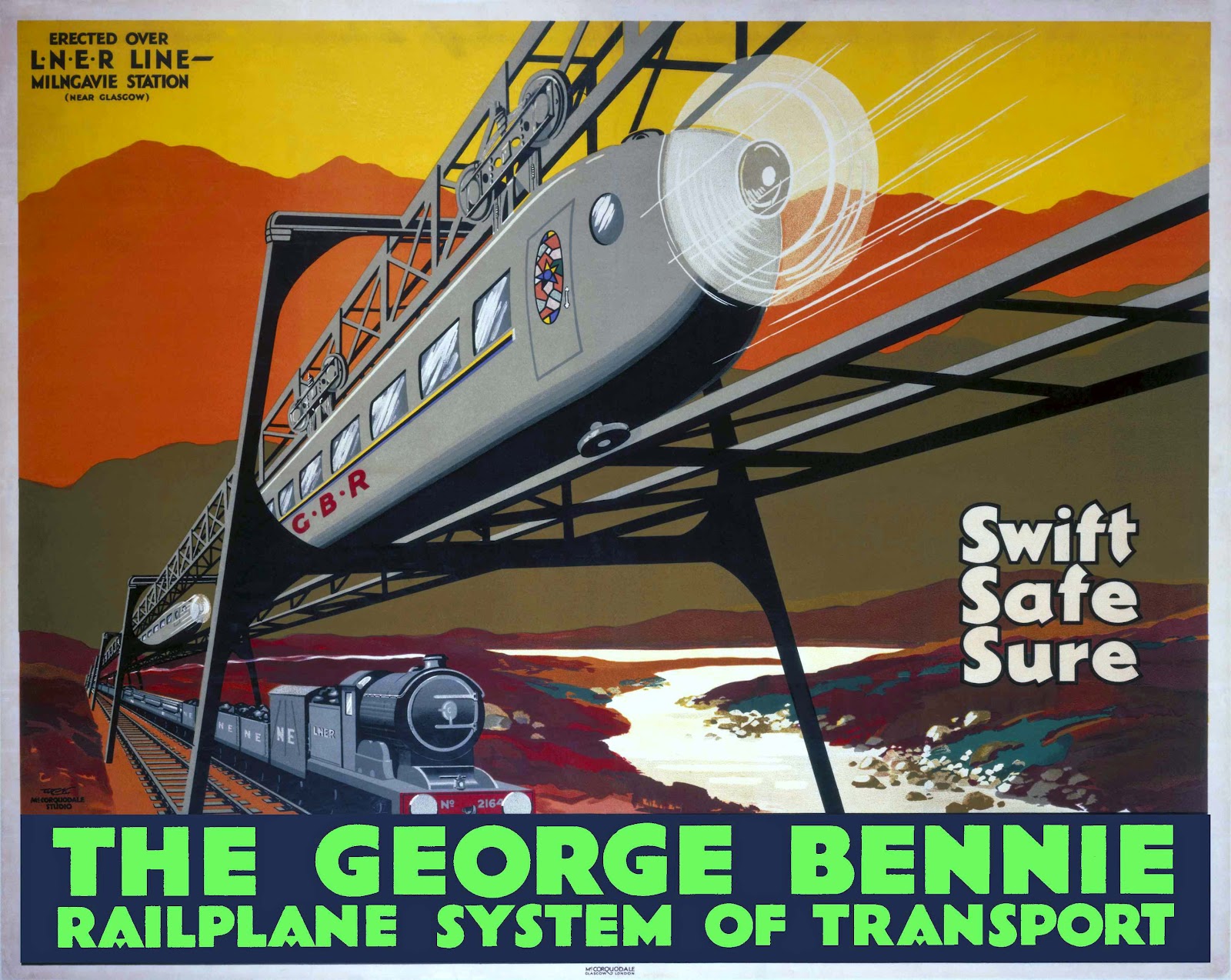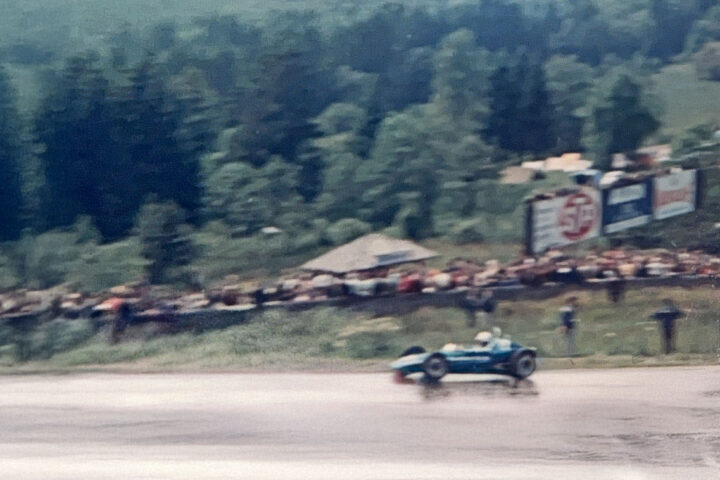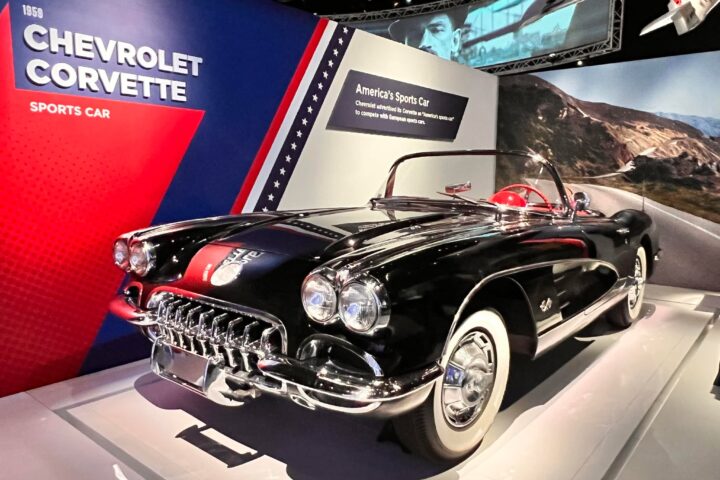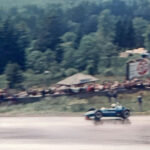by Michael Satterfield
This poster above for The Bennie Railplane looks like something out of science-fiction, but the ultra-sleek, propeller-powered rail car was built. Built in 1929 based in Milngavie, Scotland, just south of Glasgow, the Railplane not a commercial success.
Looking at it, one immediately thinks of the classic airships of the same era, fitting since the Railplane was constructed by the company that also manufactured the R34 airship. The Railplane is what we all imagine the 1930’s should have looked like, sleek, modern, and art and science blended together, with a little more leaning towards art. Sadly funding for the project was never secured and Bennie subsequently went bankrupt in 1937, with the outbreak of World War II, the project was quickly forgotten by a world that had ceased to dream of a future filled with wonderment, as it fought for any future at all.
The aerodynamic design of the railplane came almost half a century before Kenneth Grange’s 125 Intercity Train for British Rail, being suspended above ground allowed the entire body of the car to be aerodynamic. Conventional trains cannot have a fully streamlined undercarriage creating more drag.
The raised track would also allow for the mitigation of landscapes that conventional rail would be unable to navigate. Thus limiting great civil engineering projects to literally move mountains and cross valleys. Also, the tracks secondary use as a route for power and communications cables would streamline and limit the number of towers built just for power transmission.
























